
What is click-through rate (CTR)? Definition, Importance & Tips to Improve
Every time we browse the web or check our emails, we’re exposed to countless Google ads and links competing for our attention. But how do marketers know if these ads or calls to action actually work? That’s where clickthrough rate, or CTR (Click-Through Rate), comes in.
CTR measures the percentage of people who click on a link or ad out of everyone who sees it. For example, if 100 people see an ad and only 2 click on it, the CTR is just 2%. With online users becoming more selective and ads more common, it’s not unusual for average CTRs to fall as low as two clicks per thousand views.
Understanding CTR helps us see what captures our audience’s interest and what doesn’t. It’s a key metric for anyone looking to measure the effectiveness of digital marketing efforts and make smarter decisions about how to reach people online.
What is Click-Through Rate (CTR)?
Click-through rate (CTR) quantifies the percentage of individuals who interact with our digital content by clicking a link, ad, or call to action after seeing it. We calculate CTR by dividing the total number of clicks by the total number of impressions, then multiplying by 100 to get a percentage.

For example, if our email campaign link gets 5 clicks from 100 views, the CTR is 5%. Digital marketers, publishers, and advertisers use CTR to assess the performance of content across channels, including search ads, display banners, email campaigns, blog posts, and social media promotions.
CTR functions as a diagnostic metric. High CTR percentages suggest our message, offer, or design resonates with our target audience. Low CTR values, often ranging from 0.1% to 2% for online ads, highlight where our content fails to engage viewers or match their interests.
CTR provides quick feedback on content relevance and campaign success. Tracking the ratio of clicks to impressions helps us optimize campaigns, improve targeting, and increase overall engagement with our marketing efforts.
How is click-through rate calculated?
We calculate click-through rate (CTR) by dividing the total number of clicks by the total number of impressions, then multiplying that value by 100 to get a percentage. The formula for CTR appears as follows:
CTR = (Number of Clicks / Number of Impressions) * 100
We count each instance a user clicks an element—such as a digital ad, email link, or call to action, as a “click.” We count every time users view or are served an element as an “impression.” For example, if our ad receives 200 clicks after appearing 50,000 times, our CTR is:
CTR = (200 / 50,000) * 100 = 4%
We apply this CTR calculation to multiple digital assets, such as pay-per-click (PPC) ads, display banners, search engine marketing campaigns, landing page links, email CTAs, and social media promotions. Consistently, this calculation method helps us compare campaign performance, regardless of platform or channel.
| Metric | Description | Example Value |
| Number of Clicks | User interactions (ad, link, CTA) | 200 |
| Number of Impressions | Total displays to users | 50,000 |
| Calculated CTR | Percentage of clicks vs. impressions | 0.4% |
Using CTR, we assess campaign effectiveness, refine message targeting, and improve overall engagement across our digital marketing efforts.
Why are click-through rates important?
Click-through rates quantify effectiveness by showing how many users engage with our digital content examples like ads, emails, or links after seeing them. High CTR percentages reflect strong relevance to our target audience, while low values highlight a disconnect or weak message appeal.
CTR provides critical insights for digital marketing performance. We use CTR to assess whether campaign elements—such as ad copy, keywords, or calls to action—properly resonate with users. When CTR decreases, our content often fails to attract attention or prompt engagement.
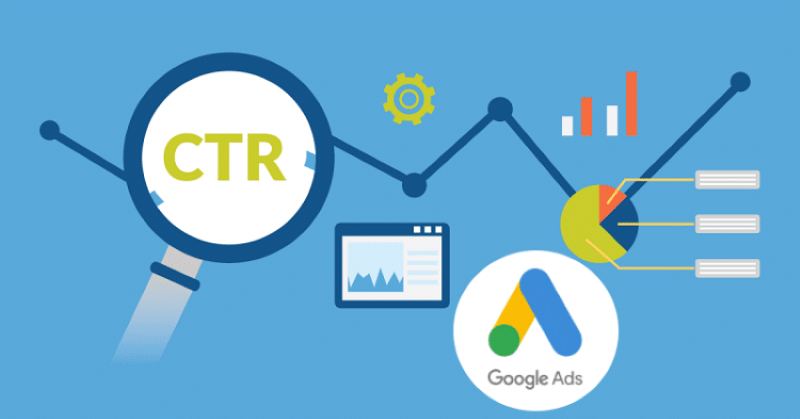
We monitor CTR to optimize each campaign element. By testing different headlines, images, or placement locations, we refine strategies that drive increased audience interaction. Paid media campaigns—email, PPC, or social posts—benefit from ongoing CTR analysis to ensure continuous improvement.
With pay-per-click advertising, high CTRs lead to cost efficiency. Search engines and ad platforms favor ads that generate better engagement by assigning superior positions and lower costs per click. This results in more budget-friendly campaigns and higher ROI.
CTR acts as an early indicator of campaign health. By tracking CTR regularly, we quickly detect issues with audience targeting, creative performance, or content quality, then adapt our tactics for better results.
How to improve click-through rates
Boosting click-through rates (CTR) increases user engagement and enhances campaign outcomes. We can elevate CTR by refining creative elements, targeting strategies, ad formats, and user experience across all channels.
1. Optimize ad creatives
Strong ad creatives drive click-through rates by capturing attention and conveying clear value. We improve performance by using compelling headlines, benefit-focused descriptions, and clean layouts. For example, clear call-to-action (CTA) buttons such as “Download Your Free Guide” and high-quality imagery lead to higher click engagement.
2. Audience targeting
Precise audience targeting ensures our Google ads appear before users most likely to engage. We segment by demographics, interests, and behaviors, using first-party data and analytics to identify valuable segments. For instance, targeting active users or retargeting previous site visitors increases CTRs in display and social campaigns.
3. A/B testing for optimization
Regular A/B testing enables us to compare versions of ads by systematically changing elements like headlines, images, or CTA wording. We analyze test results to identify the highest-performing combination, driving sustainable CTR improvement. For instance, switching CTA text from “Learn More” to “Get Started” can increase engagement in search campaigns.
4. Enhance ad relevance with contextual advertising
Contextual advertising increases click-through rate by aligning ad content with a webpage’s context or user intent. We match keywords and creatives to relevant topics or on-page content, driving higher resonance with viewers. Contextual placements, such as displaying a sports equipment ad on a fitness blog, generate above-average CTRs compared to generic placements.
5. Optimize for mobile user experience
Optimizing for mobile user experience maintains high click-through rates as most users access content via smartphones. We employ fast-loading, responsive ad formats and avoid cluttered layouts. Mobile-optimized ads with easy-to-tap CTAs increase engagement in mobile search and social campaigns.
6. Capitalize on video and interactive ad formats
Interactive and video formats outperform static creatives in CTR. We use formats such as short explainer videos, interactive banners, and carousel ads to attract more engagement. Examples include play-to-reveal features on social platforms, which can significantly boost CTR compared to traditional image ads.
| Strategy | Main Focus | Example / Impact |
| Optimize ad creatives | Headlines, imagery, CTAs | “Download Free Guide” button, clean design |
| Audience targeting | Demographics, interests, behaviors | Retargeting site visitors in display campaigns |
| A/B testing for optimization | Testing headlines, images, CTAs | Changing CTA text: “Learn More” vs “Get Started” |
| Enhance ad relevance/contextual | Keyword/content alignment | Sports ad on fitness blog yields higher engagement |
| Optimize for mobile | Responsive, mobile-friendly design | Fast-loading mobile search ads, thumb-friendly CTAs |
| Video/interactive ad formats | Video, carousel, interactive banner formats | Play-to-reveal features in social ads drive higher CTR |
What is the difference between clicks and click-through rate?
Clicks represent the absolute number of times users select a link, ad, or call-to-action within our digital content, whether it’s a display banner, search ad, or email button. For example, if users click an ad 120 times, we register exactly 120 clicks, regardless of how many times the ad appears. This metric indicates user interaction volume but doesn’t reveal the ad’s performance relative to its visibility.
Click-through rate (CTR) quantifies how successful our content is at converting impressions into actions by expressing clicks as a percentage of total impressions. We calculate CTR using the formula: (Total Clicks ÷ Total Impressions) × 100. For instance, if an ad appears 10,000 times and earns 50 clicks, the CTR equals 0.5%. Unlike raw click counts, CTR assesses engagement efficiency, helping us determine if our messaging resonates with the intended audience. CTR enables us to compare campaign performance across channels, devices, or segments, revealing which assets drive action when users see them.
Clicks and CTR connect as complementary metrics: clicks measure volume, while CTR gauges effectiveness. Tracking both gives a complete view of user behavior and marketing campaign impact, allowing us to optimize creative assets and refine targeting for higher engagement.
What if you have a high click rate, but low sales?
A high click-through rate (CTR) signals that our ads or links attract significant interest, yet low sales reveal a gap between curiosity and purchase intent. This discrepancy often points to specific challenges in the customer journey:
- Insufficient audience targeting: Our ads might attract clicks from users who don’t match our buyer profile. For example, broad targeting settings on paid search or social ads can generate high CTRs but produce low conversion rates when audiences lack purchasing intent.
- Weak landing page experience: Users often exit quickly if landing pages load slowly, contain confusing layouts, or misalign with ad promises. Google indicates that 53% of mobile site visits drop if a page takes over 3 seconds to load, highlighting how landing page quality directly impacts conversion[Directive Consulting].
- Irrelevant product or offer: Misalignment between ad messaging and the offer itself can create user disappointment. If the offer doesn’t address user needs or expectations set by the ad, clickers rarely convert to buyers.
- Missing call-to-action or trust signals: Pages that don’t clearly guide next steps or lack customer trust elements—like reviews, secure payment icons, or clear return policies—cause hesitation. Visitors often leave, even after engaging initially.
Combining high CTRs with low conversion rates underscores the need to refine both our audience segmentation and post-click experiences rather than only focusing on generating clicks. Monitoring additional metrics such as bounce rate, time on page, and conversion rate helps us identify drop-off points and better link user engagement to revenue outcomes.
| Factor causing low sales | Example | Potential Fix |
| Poor audience targeting | Broad paid search attracts clickers not interested | Refine demographics, interests |
| Landing page experience | Slow load, confusing navigation | Improve speed, streamline layout |
| Product-offer mismatch | Ad promises differing from actual offering | Align message, clarify product |
| Lack of trust or CTA | No reviews, unclear checkout steps | Add trust badges, clear CTA |
Optimizing both the audience reach and the on-site experience creates a stronger connection between click action and final sales, transforming elevated CTR into actual conversions.
Frequently Asked Questions
What is click through rate (CTR)?
Clickthrough rate (CTR) is the percentage of people who click on a link, ad, or call to action after seeing it. It is calculated by dividing the number of clicks by the total number of impressions and multiplying by 100. CTR helps measure the effectiveness of digital marketing campaigns.
How do you calculate CTR?
CTR is calculated using the formula: (Number of Clicks / Number of Impressions) × 100. For example, if an ad receives 50 clicks out of 2,500 impressions, the CTR would be 2%.
Why is CTR important in digital marketing?
CTR measures how well your digital content engages your target audience. A high CTR indicates that your ads or content are relevant and appealing, while a low CTR suggests the need for improvement. It helps marketers optimize campaigns and boost engagement.
What is considered a good CTR for online ads?
A good CTR varies by industry and platform, but a rate around 2-5% is commonly seen as effective for most online ads. However, “good” CTR depends on the campaign’s goals and the specific audience targeted.
What is the difference between clicks and CTR?
Clicks are the actual number of times users click a link or ad, while CTR expresses clicks as a percentage of total impressions. CTR helps you understand the effectiveness of your content at driving user action.
Why might a high CTR not lead to more sales?
A high CTR doesn’t always mean higher sales. Factors like poor landing page design, irrelevant product offers, or unclear calls to action can prevent visitors from completing purchases after clicking. Improving the post-click experience is crucial for conversions.
How can I improve my CTR?
You can improve CTR by creating compelling headlines, using strong calls to action, targeting the right audience, running A/B tests, optimizing for mobile, and using engaging ad formats like video or interactive content.
What does a low CTR indicate?
A low CTR often means your content or ad isn’t resonating with your target audience. It may signal issues with your message, creative, or audience targeting, suggesting that your strategy needs refinement.
Does a higher CTR reduce advertising costs?
Yes, a higher CTR can lower advertising costs, especially in pay-per-click campaigns. Search engines reward engaging ads with better placements and lower costs per click, improving overall return on investment.
Which marketing channels benefit from measuring CTR?
CTR is important across various channels, including search ads, display ads, email campaigns, social media promotions, and blog content. It helps assess engagement and optimize marketing strategies on each platform.


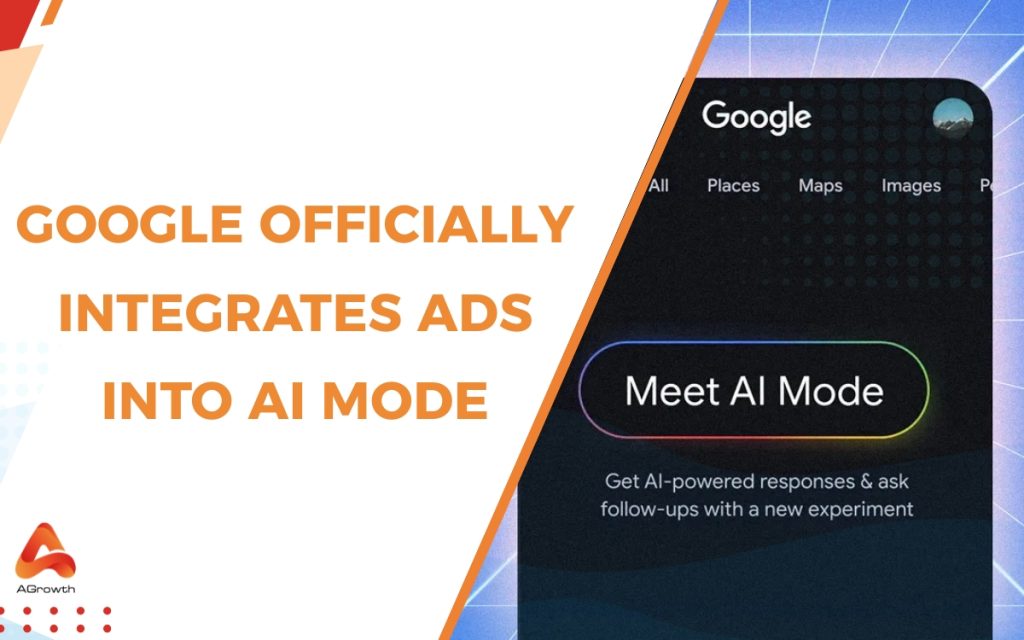
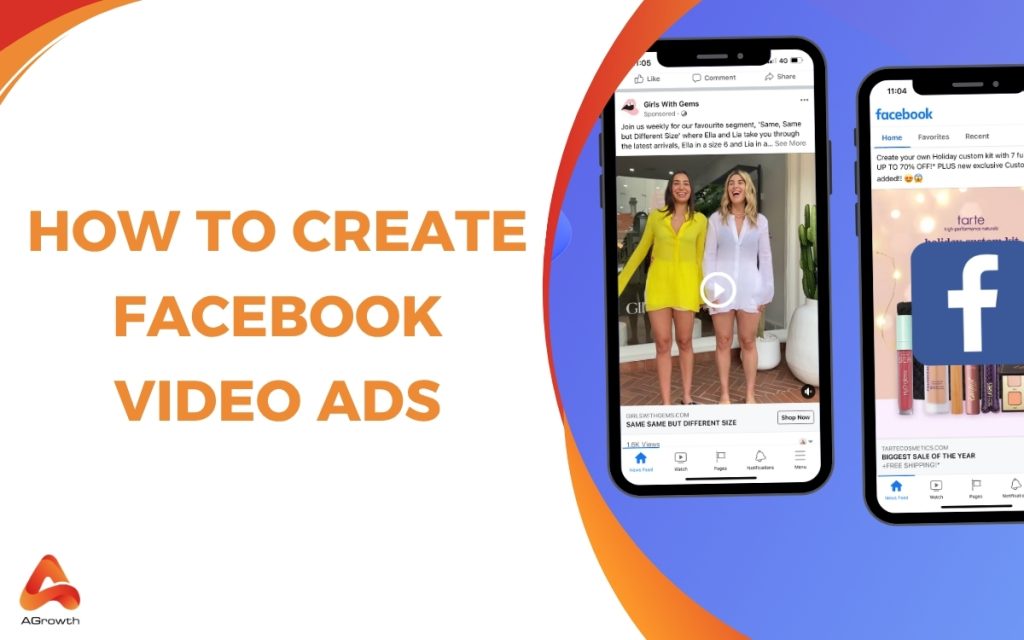
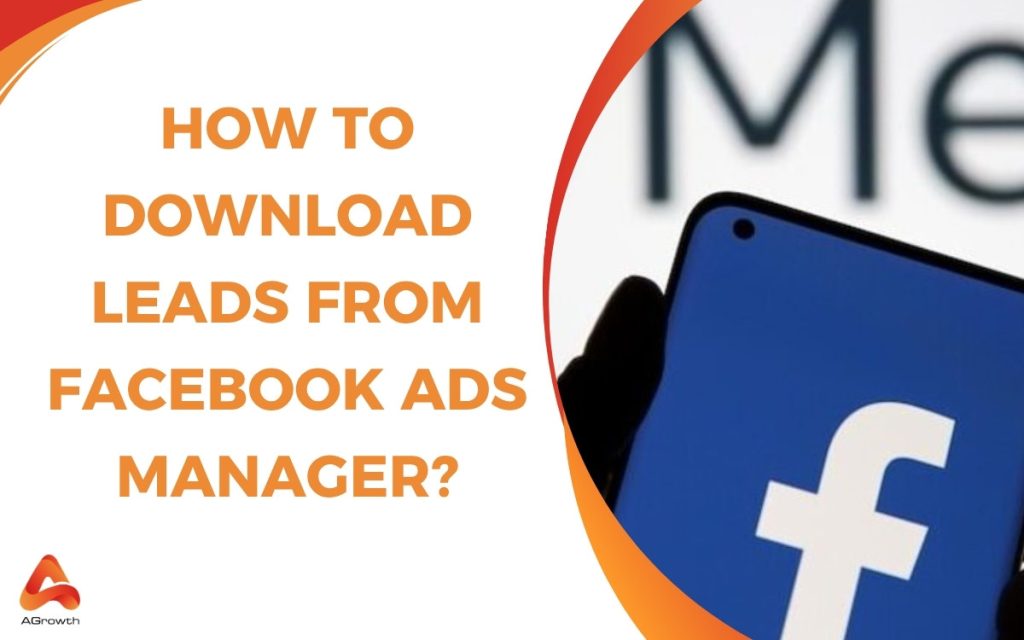
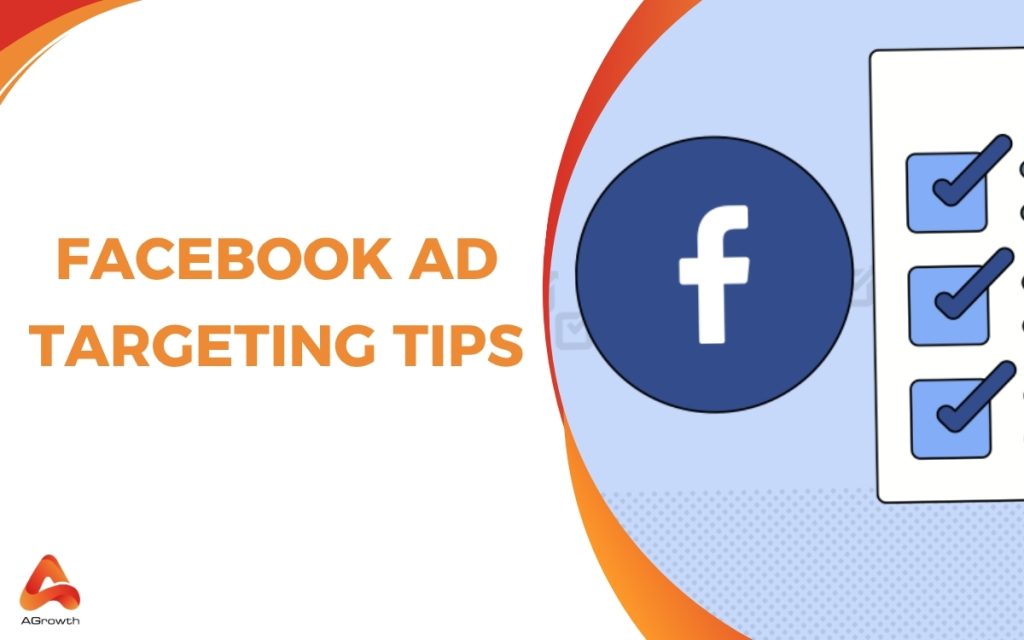
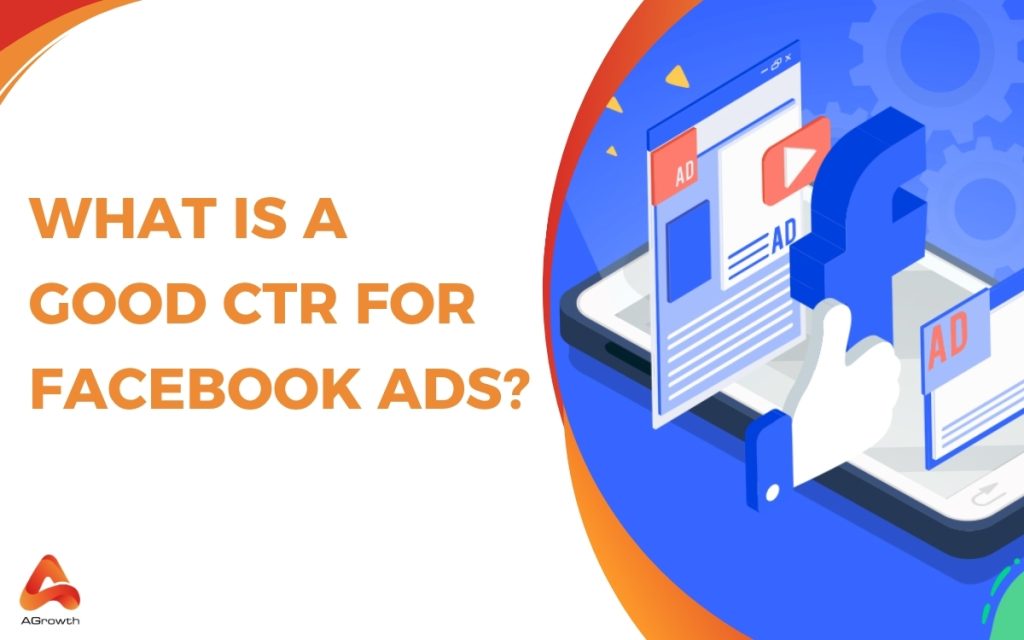






Your comment